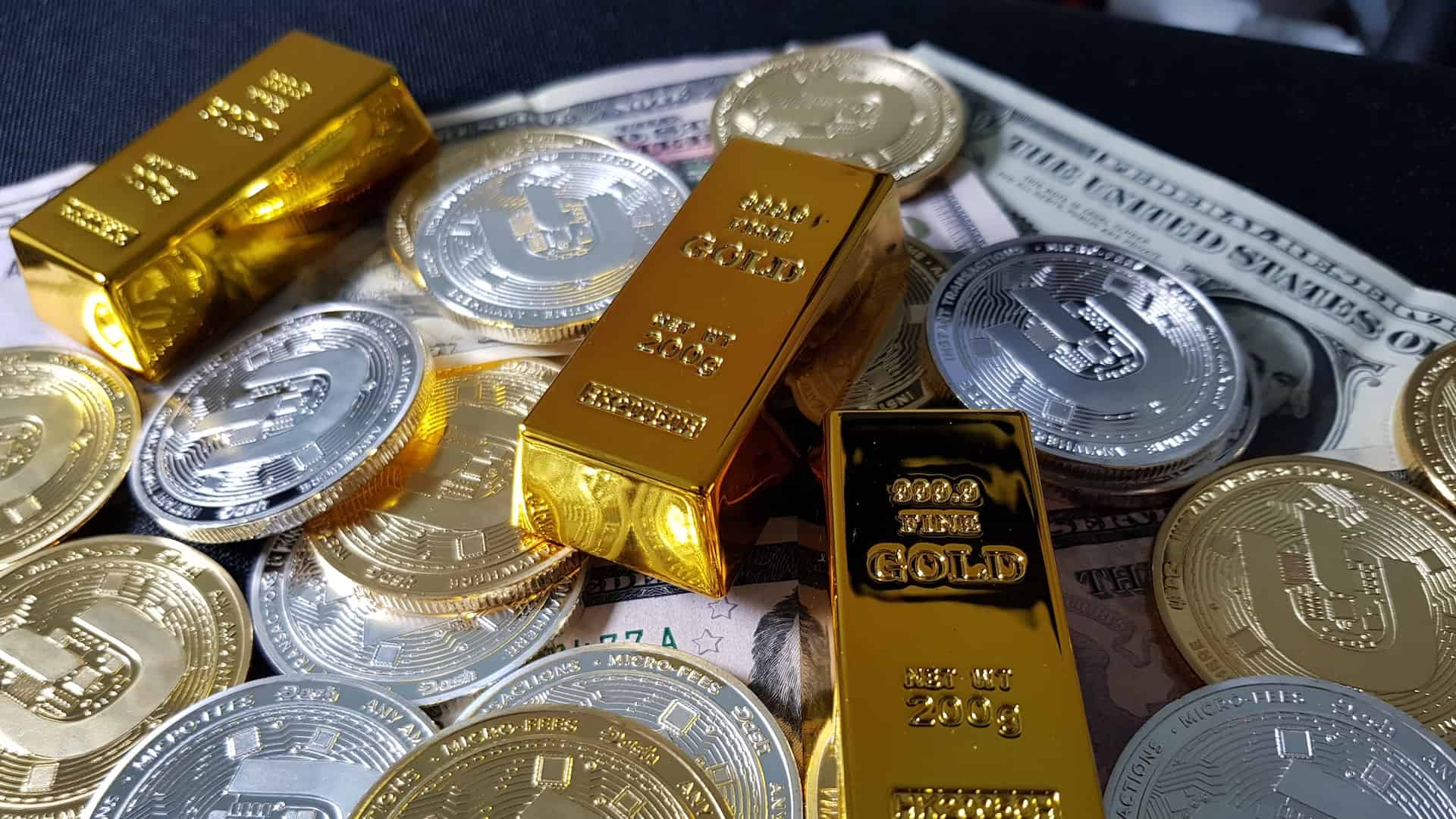When it comes to investing in precious metals, gold, and silver are undoubtedly the top contenders. Both metals have a long-standing history of being highly valued and sought after, but they also have their unique characteristics and considerations. Whether you’re a seasoned investor or a curious beginner, understanding the pros and cons of gold and silver is essential. In this comprehensive blog post, we will delve into the intricacies of these two precious metals and help you make an informed decision about which metal is right for you.
Historical Significance and Cultural Appeal
Gold and silver have captivated human beings for centuries, serving as symbols of wealth, beauty, and power. Gold, with its timeless allure, has been a coveted metal throughout various civilizations. Its association with luxury, adornment, and financial stability has stood the test of time. Silver, on the other hand, has played a significant role in cultural ceremonies, industrial applications, and currency systems worldwide. The historical significance and cultural appeal of both metals contribute to their enduring popularity.
Value and Market Performance
Gold has long been considered a haven investment during times of economic uncertainty. The value of both physical and digital gold tends to rise when traditional markets falter, making it an attractive option for hedging against inflation and currency fluctuations. The limited supply of gold ensures its enduring value, as it cannot be easily created or replicated. However, the high price of gold may pose a barrier for some investors, as entry costs can be substantial.
While silver also holds intrinsic value and is considered a precious metal, it is often viewed as more volatile compared to gold. Its market performance is closely tied to industrial demand, as it is widely used in various sectors such as electronics, solar energy, and medicine. Silver’s affordability and lower entry costs make it more accessible for investors looking to diversify their portfolios. However, it is important to note that silver prices can be more influenced by short-term market fluctuations.
Practical Applications and Industrial Demand
Gold finds numerous practical applications beyond its role as a store of value. Its excellent conductivity makes it valuable in the electronics industry, where it is used in circuitry and electrical connectors. Additionally, gold’s resistance to tarnish and corrosion makes it a popular choice for manufacturing jewelry and decorative items. However, the industrial demand for gold is relatively low compared to silver, primarily due to its higher price.
Silver’s versatility and unique properties make it indispensable in various industries. Its exceptional thermal and electrical conductivity have made it an integral component in electronic devices, batteries, and solar panels. Furthermore, silver’s antimicrobial properties have led to its use in healthcare, water purification, and food storage. The increasing demand for these applications contributes to the overall value and potential growth of silver as an investment.
Storage and Maintenance
Resistance to corrosion, oxidation, and tarnishing makes gold a low-maintenance investment. Proper storage in a secure location, such as a bank vault or a home safe, ensures the long-term preservation of its value. While gold is relatively easy to store, its physical weight and bulkiness may pose challenges for those looking to store larger quantities.
Unlike gold, silver is prone to tarnishing and may require regular cleaning and maintenance to preserve its lustrous appearance. Proper storage is crucial to minimize exposure to moisture and sulfur compounds that can accelerate tarnishing. Additionally, silver’s larger quantity and lower value per ounce compared to gold may require more space for storage.
Decoding the pros and cons of gold and silver is an essential step in making informed investment decisions. While gold’s historical significance, enduring value, and stability make it an attractive choice for many investors, silver’s affordability, industrial demand, and growth potential should not be overlooked. Ultimately, the “right” metal depends on individual investment goals, risk tolerance, and market outlook. Considering the unique characteristics, practical applications, and storage considerations discussed in this article, investors can weigh the pros and cons of gold and silver to determine which metal aligns best with their investment strategy.
Remember, thorough research, consultation with financial experts, and a diversified approach are key to successful precious metal investments. Whichever metal you choose, gold or silver, both possess enduring appeal and offer opportunities for long-term wealth preservation and growth.

